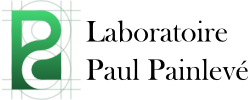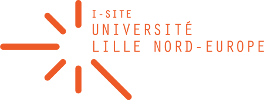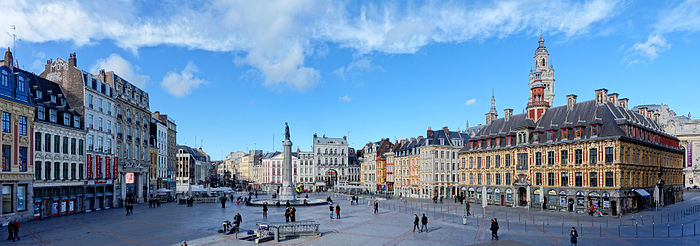Number Theory Days in Lille
→
Europe/Paris
Salle de réunion (Université de Lille)
Salle de réunion
Université de Lille
Département de Mathématiques
Cité Scientifique – Bâtiment M2
59655 Villeneuve d'Ascq Cedex
France
Description
Overview
The purpose of the conference is to bring together well renowned experts in algebra and number theory in order to focus on the latest advances in the fields where the laboratories of Lille and its region are particularly involved: noncommutative algebra, quadratic forms, arithmetic geometry, Galois theory, and analytic number theory.
Organisers
| Niels Borne (Lille) | Julien Hauseux (Lille) | Ahmed Laghribi (Artois) |
Scientific committee
| Gautami Bhowmik (Lille) | Baptiste Calmès (Artois) | Raf Cluckers (Lille / KU Leuven) |
| Pierre Dèbes (Lille) | Mladen Dimitrov (Lille) | André Leroy (Artois) |
| Nicole Raulf (Lille) |
Invited speakers
| Roberto Aravire (Universidad Arturo Prat) | Daniel Barrera (Universidad de Santiago de Chile) |
| Karim Johannes Becher (Universiteit Antwerpen) | Victoria Cantoral-Farfan (ICTP) |
| Philip Dittmann (KU Leuven) | Alberto Facchini (Università di Padova) |
| Walter Ferrer (Universidad de la República) | Gergely Harcos (Alfréd Rényi Institute of Mathematics) |
| Dimitar Jetchev (EPFL) | Mahesh Kakde (King's College London) |
| Joachim König (KAIST) | Matilde Lalín (Université de Montréal) |
| Youness Lamzouri (Université de Lorraine / York University) | Jaclyn Lang (Université Paris 13) |
| Paul Nelson (ETH Zurich) | Tom Sanders (University of Oxford) |
| Blas Torrecillas (Universidad de Almería) |
Sponsors






Contact
Participants

